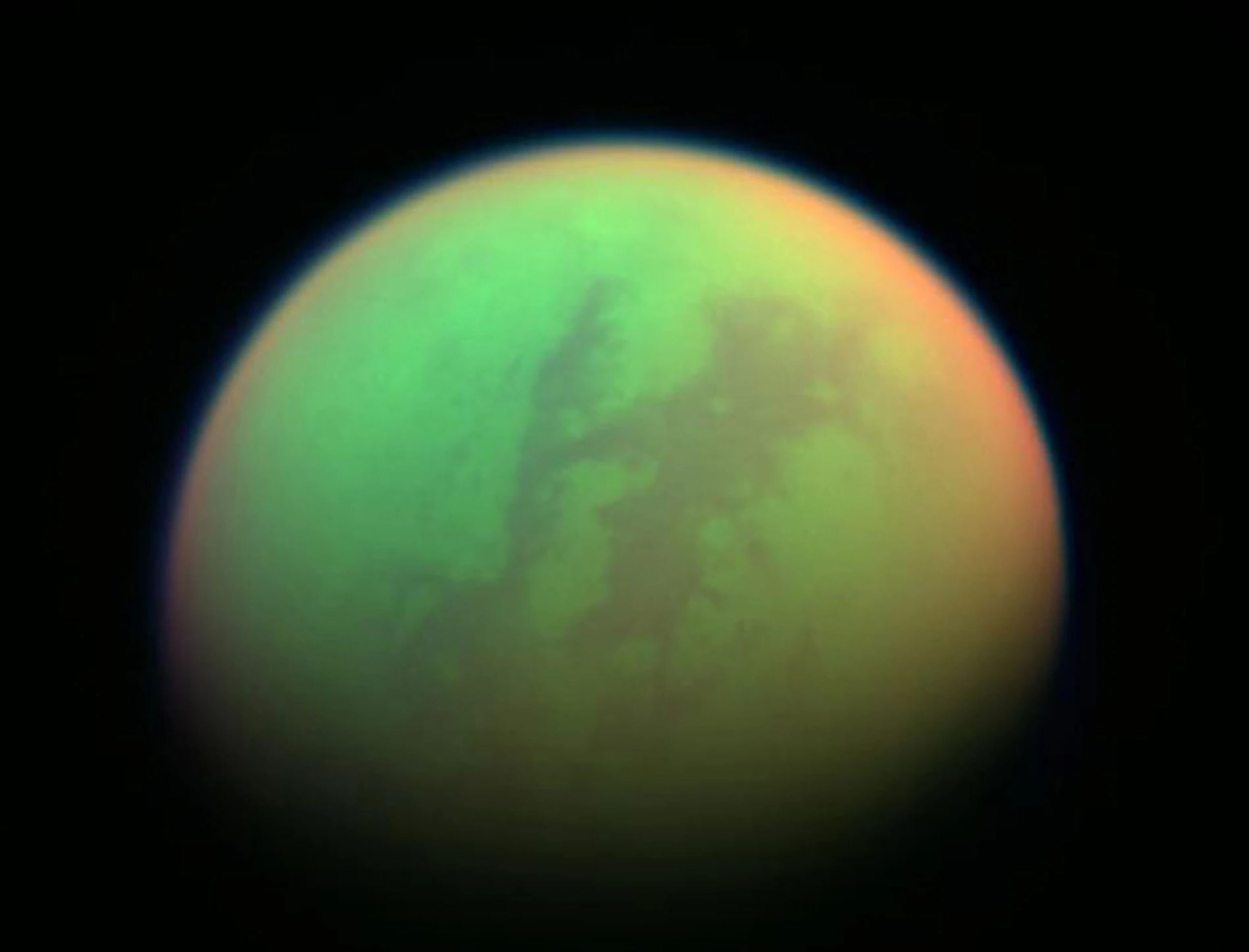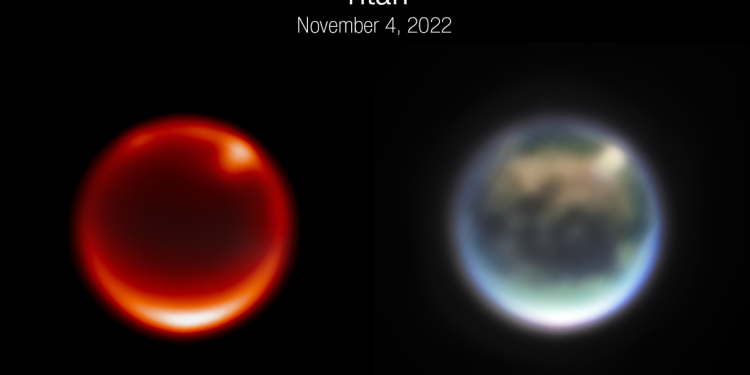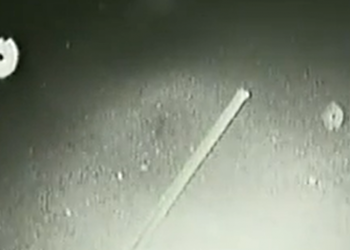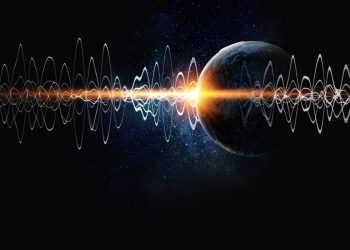They’re not planets, yet they may be more intriguing. Moons like Europa and Enceladus have oceans beneath their icy crusts, Phobos is slowly falling toward Mars, and Triton orbits backward. These aren’t just barren satellites — they are worlds with geologic activity, strange orbits, and potential for life. And scientists are only beginning to understand what secrets these mysterious moons may be hiding.
Here’s what makes some of the most mysterious moons in our solar system so captivating — and why they’ve become prime targets in the search for life beyond Earth.
Europa and Enceladus: Oceans Beneath Ice
Among all the moons in the solar system, Europa (orbiting Jupiter) and Enceladus (orbiting Saturn) stand out as the most promising places to search for alien life.
Europa
Europa’s smooth, icy surface is crisscrossed with brownish lines — likely fractures in its outer shell. Below that ice lies a global ocean that may contain twice as much water as Earth. Scientists believe the ocean is kept warm by tidal forces created by Jupiter’s gravity, which flex the moon’s interior and generate heat.
What makes Europa so fascinating?
-
Evidence of a subsurface saltwater ocean
-
Active geological resurfacing, possibly from erupting water
-
Oxygen and other materials on the surface that may mix with the ocean below
NASA’s Europa Clipper mission will fly by the moon dozens of times to investigate whether it could support life.
Enceladus
Enceladus is smaller than Europa but just as mysterious. In 2005, NASA’s Cassini spacecraft captured stunning images of plumes of water vapor erupting from its south pole — shooting ice particles and organic molecules into space.
Key discoveries:
-
Cryovolcanic geysers that erupt through surface cracks
-
Organic compounds, silica particles, and salt — all signs of an underground ocean
-
Detection of phosphates, essential for life as we know it
The presence of heat, water, and organic material make Enceladus one of the most exciting candidates for extraterrestrial life in the solar system.
Phobos and Deimos: Mars’s Mysterious Moons
Talking about mysterious moons, Mars has two tiny ones, Phobos and Deimos, and both present puzzles that still don’t have clear answers.
Phobos, the larger of the two, is slowly spiraling toward Mars and may eventually crash into the planet or break apart and form a ring. It’s oddly shaped, heavily cratered, and appears to be made of carbon-rich rock, not unlike certain asteroids.
Theories about its origin include:
-
A captured asteroid from the outer solar system
-
A re-accreted fragment from a massive impact on Mars
Deimos is even smaller and more distant, with a smoother appearance. Both moons challenge traditional models of how natural satellites form, and Japan’s upcoming Martian Moons eXploration (MMX) mission hopes to return samples from Phobos to help solve the mystery.

Triton and Titan: Outliers with Odd Behavior
Two other moons, mysterious moons — Triton (Neptune’s largest moon) and Titan (Saturn’s largest) — are full of strange surprises.
Triton
Triton is the only large moon in the solar system that orbits in the opposite direction of its planet’s rotation. This retrograde motion suggests it was once a captured object, possibly a dwarf planet from the Kuiper Belt.
It’s geologically active, with ice volcanoes, nitrogen geysers, and a frozen crust. Triton may also harbor a subsurface ocean.
NASA is currently studying potential flyby missions to Triton under its Trident concept, which would aim to investigate its active surface and interior.
Titan
Titan, Saturn’s largest moon, is the only moon with a dense atmosphere and features rivers, lakes, and seas — of liquid methane and ethane.
Despite the frigid temperatures, Titan’s chemistry is considered a potential analog for early Earth. NASA’s upcoming Dragonfly mission will send a rotorcraft to fly across Titan’s surface and explore its complex organic chemistry in the 2030s.
These moons aren’t just rocks in orbit — they are worlds in their own right, with active geology, unique atmospheres, and potential habitats for life. What makes them mysterious moons isn’t just their strange behaviors, but how little we still know about them.
In the coming decades, space agencies will focus on missions to these moons to answer questions that could reshape our understanding of planetary formation — and perhaps even the origin of life.
Each of these mysterious moons represents a new frontier in the search for answers about the solar system’s past — and our place in it.











